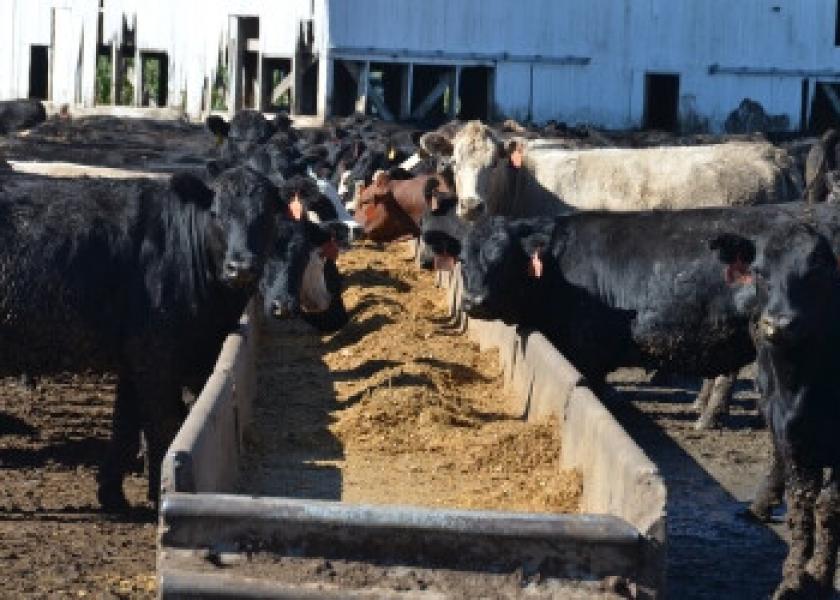Soybean vs. Corn Processing Coproducts: The Changing Feed Ingredient Landscape

The push for renewable energy has a full head of steam and is and will cause changes in how we feed cattle. Many remember the ethanol boom in the 2000s that resulted in a run up in corn prices and a large supply of corn ethanol coproducts (distillers grains, corn steep, etc.). The beef industry adapted by replacing corn in feedlot rations and using distillers grains in supplements for cows and calves grazing pasture.
During the ethanol process, corn starch is fermented to ethanol resulting in the distillers grains consisting of the corn hull, protein, and fat making it an excellent feed source for cattle. The hull is a highly digestible fiber that works well in supplements for cattle consuming high forage diets as it does not decrease rumen pH like starch and consequently decrease forage digestion. If dried correctly, the protein in distillers grains provides a good balance of rumen degradable and undegradable protein, and the fat increases the energy value without negatively affecting forage digestion as it is not free oil.
The new wave of renewable energy is focused on biodiesel, which at this point is primarily coming from production of oilseed crops – soybeans, canola, cottonseed, etc. Thus, we expect to see a shift in acres of oilseed crops replacing acres of corn. Reduced production of corn will again increase the price of corn as ethanol and livestock vie for the lower supply. However, the increased crush of oilseeds will result in a larger supply of coproducts from these manufacturing processes. The supply of oilseed meals – soybean meal, cottonseed meal, and canola meal – will increase making them more cost effective for cattle diets and supplements. Additionally, soybean hulls are a high fiber coproduct of the soybean crushing process.
Potential nutritional deficiencies exist with replacing distillers grains with oilseed meal and soybean hulls in beef cattle diets. Soybean hulls are a highly digestible fiber like distillers grains, but lack protein and fat; thus, have a lower energy value than distillers grains (Figure 1). Oilseed meals are high in protein (soybean meal = 54%; cottonseed meal = 45%; canola meal = 41%), but obviously low in fat. Thus, coproducts of the oilseed crushing process lack some nutritional aspects of distillers grains.
A recent study evaluated replacing distillers grains in a feedlot finishing ration with a combination of soybean meal and soybean hulls. In this study, there was no difference in cattle performance or carcass quality between treatments. Thus, a combination of soybean meal and hulls was able to adequately replace distillers grains at 15% of a dry rolled corn diet. Further research is needed to evaluate these types of scenarios in various diets and production systems.
In conclusion, feed ingredient availability is changing, which will affect diet formulations for drylot cattle and supplements for pasture cattle. The availability of distillers grains may decrease and ethanol manufacturing may look to remove the fat and protein from distillers grains for more valuable markets in order to offset the increased cost of corn. However, the availability of coproducts from oilseed manufacturing will increase and can, at least partially, replace the nutrients in distillers grains.








